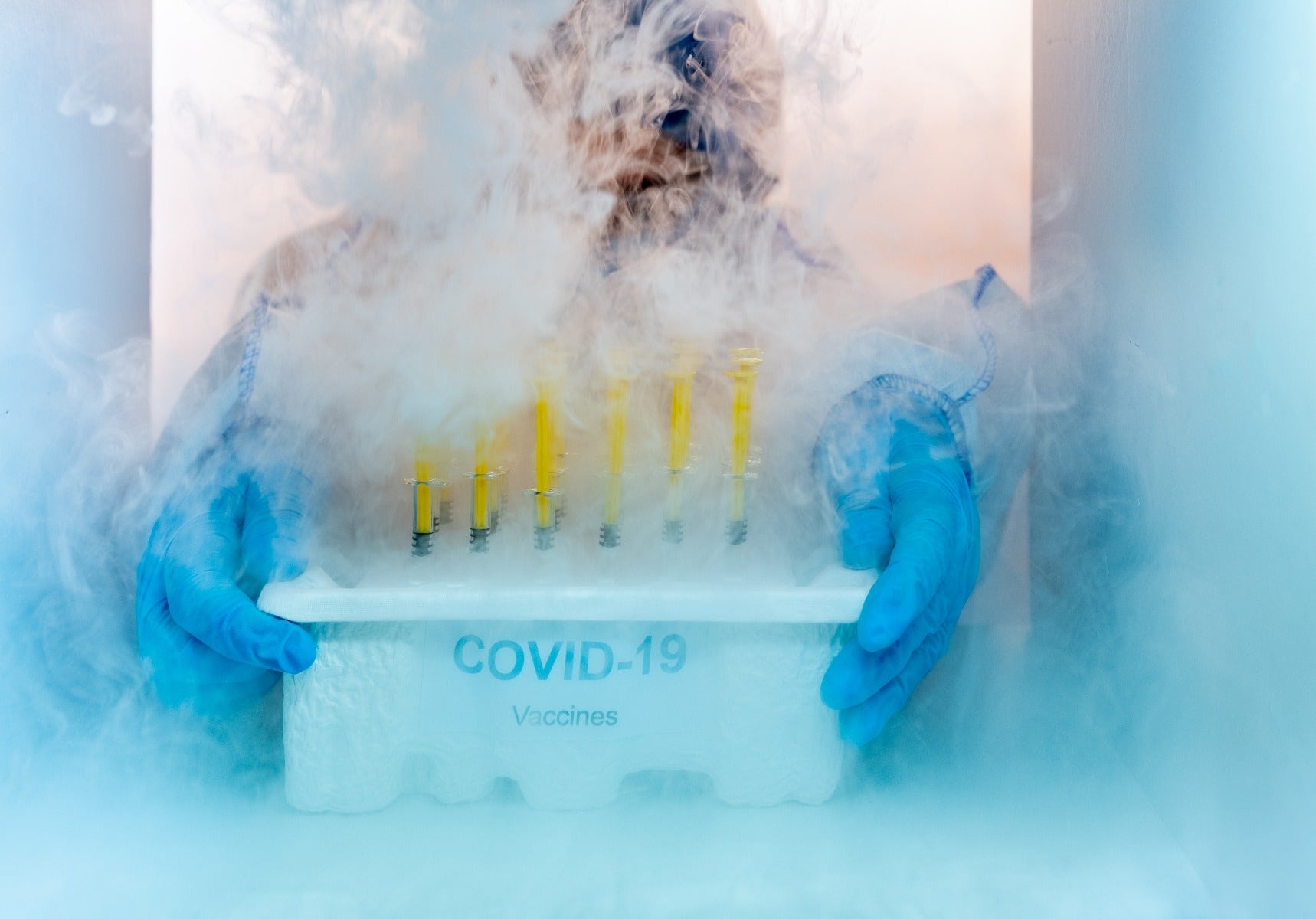Thermostable RNA Vaccine Delivery Promises Enhanced Pandemic Response
RNA-based vaccines offer several advantages over traditional vaccines. These include faster production, simpler scale-up, and more rapid adaptability to new targets. Such factors have proven critical in tackling the ongoing COVID-19 pandemic, allowing vaccines targeting SARS-CoV-2 to be developed in record time and enabling vaccination strategies to evolve quickly as new strains of the virus emerge. Both Pfizer/BioNTech and Moderna received regulatory approval for their mRNA vaccine products within a year of the novel coronavirus first being sequenced and many more RNA vaccines are currently in clinical trials.
A main challenge faced by those developing RNA-based vaccines concerns their distribution, particularly at the levels necessary to control a pandemic. This is because RNA-based vaccines are notoriously unstable, being prone to cleavage by ubiquitous ribonucleases. Although RNA engineering has gone some way toward addressing this issue, deep cold chain storage remains essential. The authorized Pfizer/BioNTech and Moderna vaccines require shipping and storage at -70°C and -20°C, respectively. This can be problematic in settings with a well-established medical infrastructure but is especially difficult to implement in regions where resources are more limited.

Lipid nanoparticle (LNP) systems are currently the preferred method for RNA vaccine delivery, and they are being utilized by all SARS-CoV-2 RNA vaccines in clinical trials to date. In LNPs, the negatively-charged hydrophilic RNA is encapsulated by a multicomponent lipid system, which functions to protect the RNA from RNase degradation while enabling its uptake across cell membranes by endocytosis. However, because freeze-thawing impacts the colloidal stability of LNPs, a thermostable RNA vaccine delivery system promises many benefits.
A recent article posted to bioRxiv, a preprint server, describes the development of a thermostable nanostructured lipid carrier (NLC) system for RNA vaccine delivery. Unlike LNPs, NLC particles have an oil core comprised of both solid (trimyristin) and liquid (squalene) lipids, surrounded by surfactants and DOTAP, a cationic lipid. The latter has been widely used for gene transfection applications, where it binds DNA to promote its liposome-based transfer into cells. In the NLC system, DOTAP binds RNA to the outside of NLC particles for cellular delivery in a similar manner.
Testing has demonstrated that liquid NLC particles are stable for at least one year when stored at refrigerated temperatures, with the particle size and component concentrations remaining constant over that time. Additionally, if the stored particles are subsequently complexed with RNA, the NLC system retains the ability to protect the RNA against RNase challenge. These features of NLC particles are extremely valuable, as they allow for stockpiling and rapid complexing with pathogen-specific RNA in the event of a pandemic situation.
In addition to being amenable to stockpiling, NLC particles can be complexed with RNA and lyophilized for long-term storage at ambient temperatures. To demonstrate this, the authors of the publication complexed NLC with secreted alkaline phosphatase (SEAP) RNA prior to lyophilization with sucrose (a common lyoprotectant) and storage at a range of temperatures. When compared to complex stored frozen at -80°C or -20°C, or to freshly formed material, lyophilized NLC/SEAP RNA stored at 4°C or 25°C for 8 months performed similarly in an extensive battery of tests. Alongside these studies, TriLink’s CleanCap® OVA mRNA was complexed with NLCs to determine whether the lyoprotectant concentration could be increased. In combination, the findings illustrate the utility of the NLC system for pandemic preparedness and response.
Featured product: CleanCap® OVA mRNA
Article Reference: bioRxiv 2021.02.01.429283; doi: https://doi.org/10.1101/2021.02.01.429283


